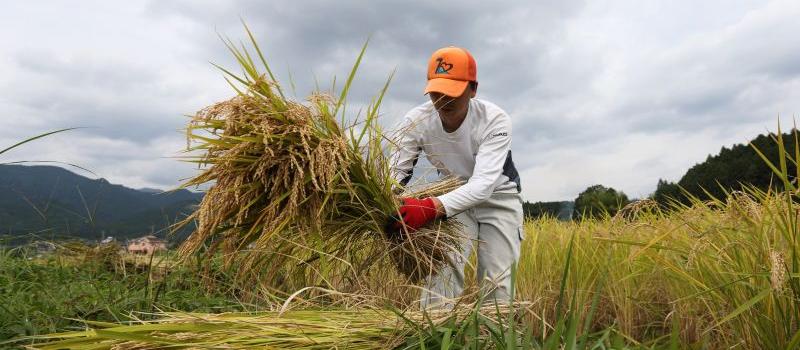A Question on Japan's Food Prices
posted by Richard Katz on October 9, 2014 - 9:53pm

A fellow-reader wrote in with a question that probably a number of you have:
"You at one point state that if the percentage of income spent on food were to decrease from 14% to 11%, the total savings would be worth more than Japanese agriculture's contribution to GDP. I cannot see how complete replacing the economic impact of Japanese agriculture with imports could possibly save more than the original amount of domestic production."
Good question. The answer is that the total cost of food is more than just the farm costs. It also includes the cost of food processing, as well as distribution and retail. Typically, in countries with high farm protectionism, you also see problems of anti-competitive practices and protectionism all the way up the food chain (sorry, I couldn’t help myself). Ending protectionism in farming would reduce it along the line.
For example, I was told by a METI official, Japan Agriculture hinders more cheaply-made milk in Hokkaido, with its bigger, more efficient farms, from reaching much of Honshu. Local officials buy high-priced milk for the school system to support their local farmers.
In Japan, not only is farming protected and thus inefficient, so is much of food processing. The last time I checked, which was years ago, the productivity in Japan’s food processing was about 50% of American levels. Distribution was protected and included layer upon layer of inefficiency.
One of the beneficial side effects of the reform of the large-scale retail store law in Japan—itself a produce of US-Japan Structural Impediments Talks--was to break down the chains of inefficiency in distribution. There are retailers who will order directly and bypass the layers of distribution in all sorts of industries. There are more competitive farmers who will bypass Japan Agriculture’s closed system and sell directly. In fact, about half of the farmers do so, the highest bypass rate in decades. JA no longer has the power it used to have to cut off farmers and retailers who bypass it.
So, there is progress, but nowhere near enough.

